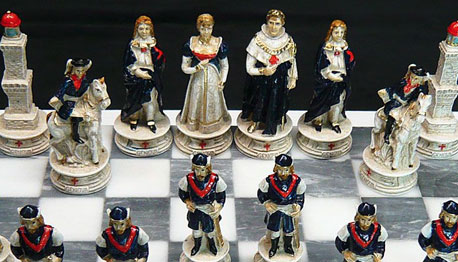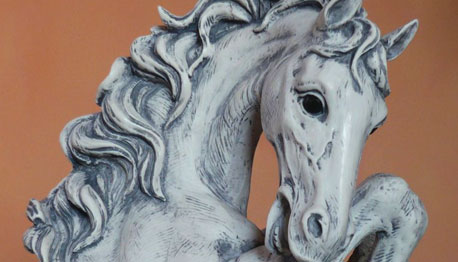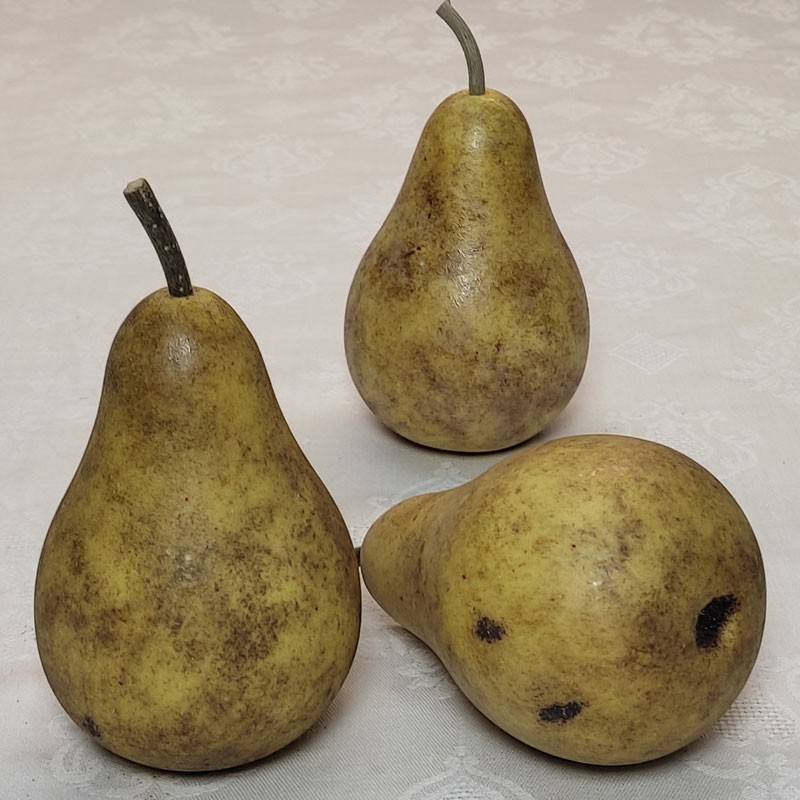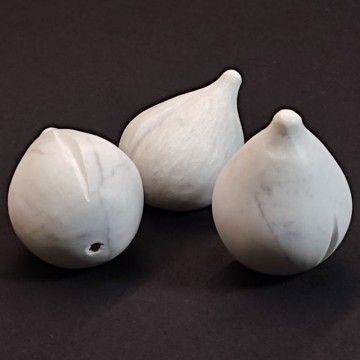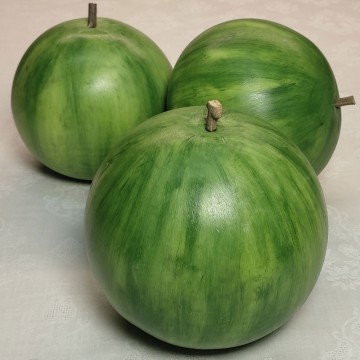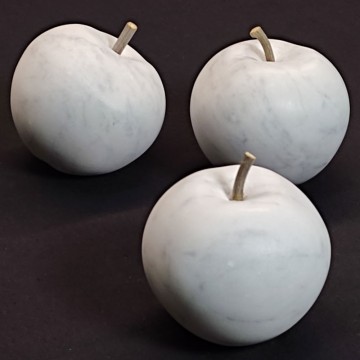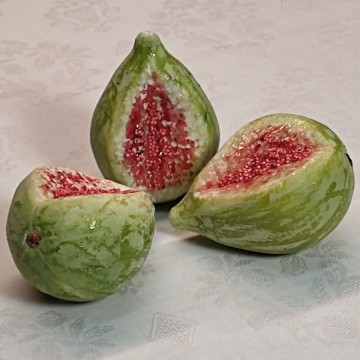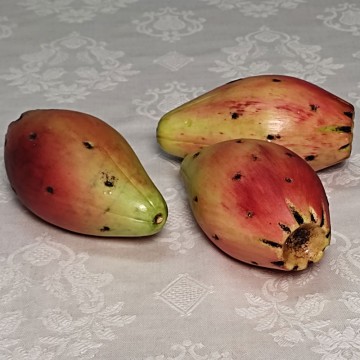The rusty pear is a variety of French origin that later spread to the rest of Europe.
It is medium to large in size and pyriform in shape. It has a tobacco-coloured, russet skin. It has white flesh tending to yellowish, firm, slightly grainy.
It has a high fibre and water content and a low calorie content.
Pears are false fruits of trees of the genus Pyrus, belonging to the Rosaceae family. The real fruit in fact consists of the core, while the edible part is the fleshy receptacle covered by the fibrous skin.
The pear is a tasty seasonal fruit with good nutritional values and is very digestible. It prefers regions with a temperate climate.
.
At the foot of the Apuan Alps, Carrara is unique in the world for its marble quarries. The “white gold of the Apuan Alps”: this is how the marble of Carrara is defined, a precious stone with which important works have been realised and that has made this town, for centuries devoted to its extraction and processing, great.
One of the first people to venture into marble quarrying were the Romans who, by inserting beams of fig wood inside natural fissures in the rock, filled these with water until they were completely impregnated and caused the rock to split. This extraction technique remained unchanged, if not with minor variations, until the Renaissance when Michelangelo began to frequent the Carrara area to directly choose the raw material for his works: it was from Carrara, transported along the Arno, that the block from which the Maestro sculpted the famous David came.
Marble thus became an important raw material for the construction, furnishing and decoration of public buildings and patrician residences.
Even today, skilful artists and craftsmen still work this material with mastery, creating stupendous works of art and decorative objects that become true furnishing accessories.





